| surveillance with remote devices | |
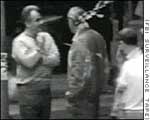 1 in 'Electronic culture', Hayles, Katherine, p.267 or Flickering signifier |
What is visual and visualized today ranges in a far wider field then ever before. From satellite pictures, Hubble's telescopical recordings to medical images of the inside of the human body and microscopical images - it is now possible to present things in virtuality, so composed from digital data, that could never be seen in any other way. 'Existing in the non-material space of computer simulation, cyberspace defines a perimeter within which pattern is the essence of the reality, presence an optical illusion.'1 |
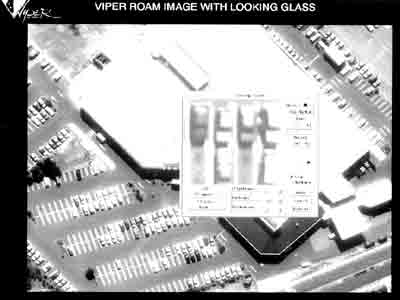 |
Thus the pixelated image carries an inherent ambivalence, on one side it is claiming to show the invisible and at the same time it reminds us of its necessary artificiality and absence. So with the improvement of the digital image the pixels become nearly indistinguishable from the former modes of photography and thereby the illusion of reality is reinvented. But in any case now the belief that the transmitted image is a depiction of the original is, as shown before, more then ever misleading. |
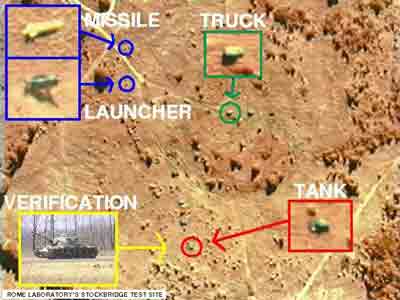 |
The claim that technological vision and electronic sight, because they are connected to scientific research, are delivering operational and therefore objective images neglects the fact that machinic vision entails a concept of constitution of perception and visualization, which derives from its own construction and the social context. |
| 2 in 'Schnittstelle', Spangenberg, Peter M., p.207 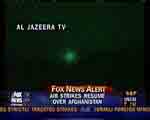 3 in 'Imagineering', Terkessidis, Mark, p.120 |
But yet the question who has access and who interprets the images is important. This complication is quite obvious when 'in the war of cameras, radar and sensors against S.Hussein only one side can see'2 , the same occurred in the 'nintendo-images von belgrad' , kabul ... or in images of the 'operartional strokes'2 of gulf-war: 'at certain moments even colour was abstracted from the scene, leaving the field entirely to line and light: first, the grid and coordinate numbers that turned the television screens of tens of millions into a bomb-sight; then, the blossoming brilliance that over-whelmed the video camera`s sensors and wiped the screen clean - an ultimate self-censoring erasure, in which destruction veiled itself. The more realistic images - that is, the minimally less abstract images -came even later.'3 Here already the whole myth about technological sight as delivering scientific images is implemented. |
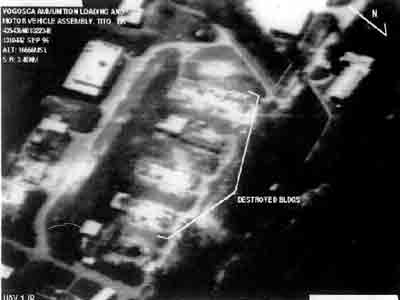 4 'Iconoclash', Latour, Bruno, p.26 & 67 |
But also an
other difficulty evolves at this point, paradoxically scientific pictures
are becoming more and more abstract, in fact they can not be read
without scientific interpretation, standing alone for themselves they
have no referent, no meaning - they are no 'pure representations'.4 Similiar comments about the undetermination of satellite transmissions gives L.Parks, when she explains her expression of codes of orbital sight and the usualy involved habits of power. 'To have another meaning than that of their own omniscience satellite-images have to be taken into discoursive exchange. .. Instead of concentrating on a seemingly satellite-panoptism, one could ask, how the sight of satellites has been used to produce codes of an orbital visuality.'5 A great resource about military use of distant images and their readings can be found at: FAS IMINIT Gallery (Federation of american scientists) A THINK TANK research about the comercial use of satellites at RAND.org And information about surveillance at aktuelle Kamera or CCTV (with commercial information about it) further informations will follow under counterstrategies |
5 in 'Imagineering', Parks, Lisa,
p.64, 66 in an interview with Tom Holert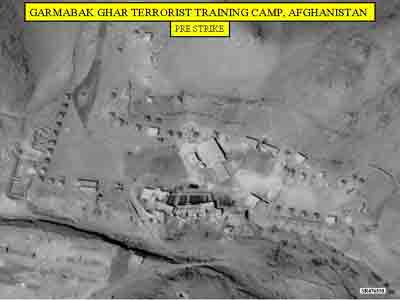  low quality hightech mov |